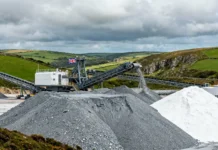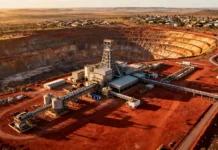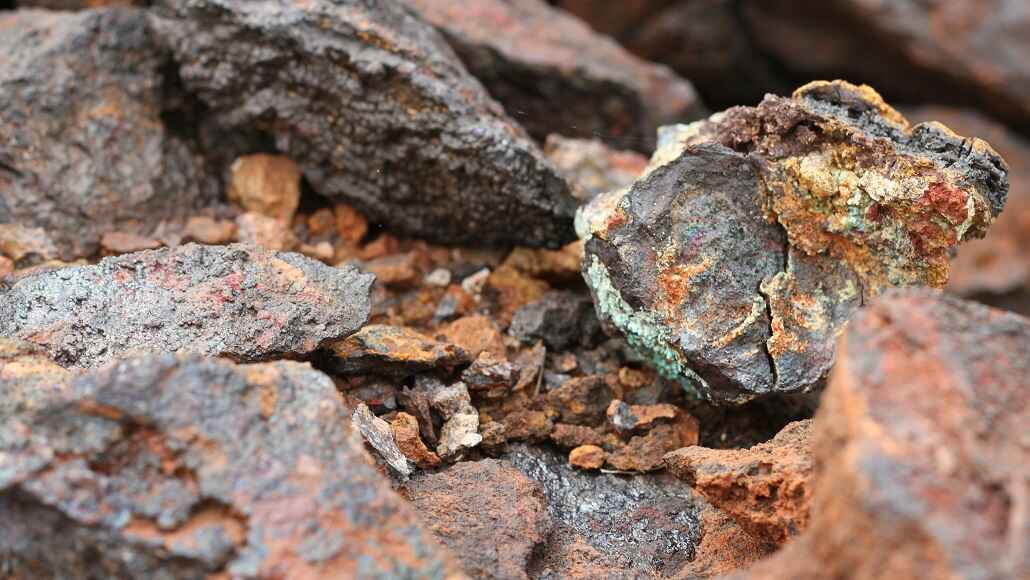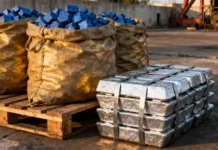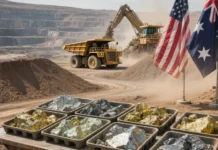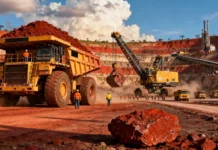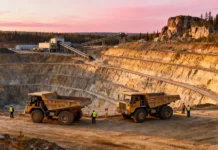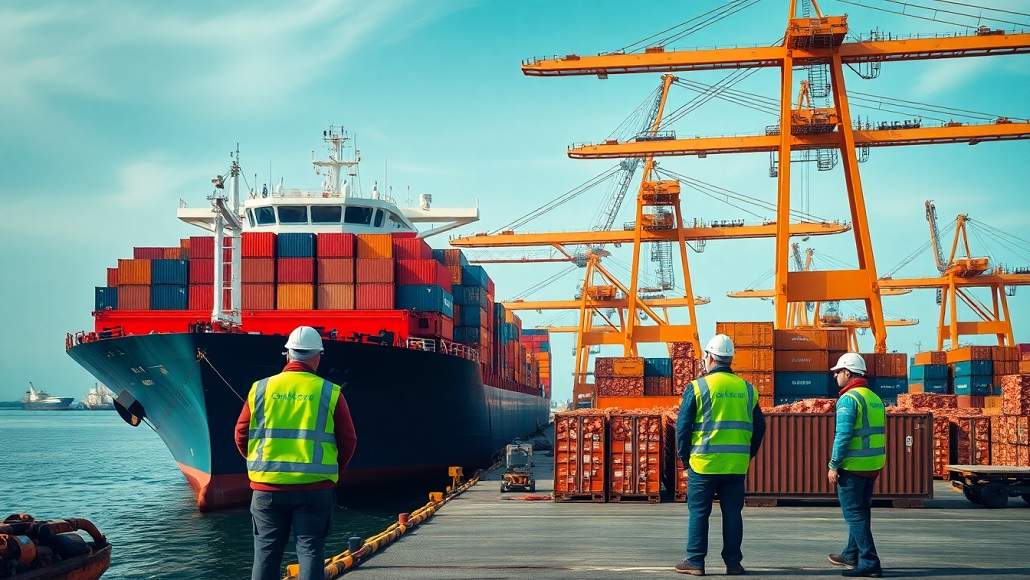United States President Donald Trump‘s decision to impose a 50 per cent tariff on copper imports — one of the world’s most versatile metals —has the potential to disrupt the global trade in metals and reverberate throughout Canada.
Canada’s copper trade with the U.S. is significant, with the country exporting $4.86 billion worth of copper and copper products to the U.S. in 2023 and importing $3.07 billion, according to Natural Resources Canada.
But much about the tariffs remains unknown even though Canada faces copper trade risk, such as when they might be imposed, with the U.S. Commerce Secretary Howard Lutnick saying it would be imposed before Aug. 1.
That uncertainty has even affected the labour union representing workers at Glencore PLC‘s Horne Smelter in Rouyn-Noranda, Que. — Canada’s sole copper smelter — which both sends copper products to the U.S. and receives feedstock from the U.S., greeting Trump’s announcement with a shrug.
“We have no reason to believe there will be a negative impact on jobs in Rouyn-Noranda at this time,” Kevin Gagnon, president of the Federation of the Manufacturing Industry union, said. “We’re not at all certain that the tariffs on Canadian copper will go into effect given that Trump always chickens out.”
Tom Mulqueen, a Citigroup Inc. analyst, had predicted that Trump might eventually ease the tariff for strategic trade partners like Canada.
“We see Chile, Canada and Mexico likely all eventually securing a lower 25 per cent rate as key partners,” he said in a note on Tuesday.
U.S. copper prices are already increasing rapidly with futures — an important benchmark for trading — surging 13 per cent to finish at an all-time high on Tuesday at US$5.654 a pound, some US$1.20 above London futures.
Glencore, the Swiss mining and metals trading giant that mines copper in Ontario and processes it in Quebec, both imports e-waste from the U.S. as feedstock for its smelter and also ships products to the U.S.
“Canada and the United States benefit from a robust and highly integrated copper supply chain, one that Glencore plays an active part in,” company spokesman Charlie Watenphul said in a statement. “This is an important issue for our business, and we continue to watch developments closely.”
Previously, Pierre Gratton, president of the Mining Association of Canada, has said that Glencore’s smelter runs on “very small margins, so any increase in costs can be very serious.”
But much of Canada’s copper sector is protected from direct impacts of the proposed tariff, with more than 45 per cent of the copper produced in 2023 flowing from mines in British Columbia, which send most of their copper to Asia for processing.
Canada faces copper trade risk, but it may even benefit one Canadian company, Vancouver-based Taseko Mines Ltd., which mines copper in B.C., is in the final stages of developing a around $300-million copper mine in Arizona that is expected to start production within the next year.
“If (the copper tariff) comes to pass, it’s a pretty big deal,” Stuart McDonald, Taseko’s chief executive, said. “Tariffs are going to effectively create a market where copper prices inside the U.S. are 50 per cent higher than the rest of the world.”
That surge in U.S. copper prices could boost margins for copper projects in the U.S. and encourage new mines to come online, he said.
“The negative side of the tariffs, in the short term, is that U.S. industry is going to be paying more for its metal,” McDonald said. “That’s the conundrum.”
Other analysts like Mulqueen, believe there is sufficient stock of copper in the U.S. “to displace any import requirements” for the rest of 2025, meaning the tariff, even if it comes into force in the coming weeks, may have a limited impact for months.
But within the broader global economy, metal traders are anxiously awaiting developments. Trump had already increased tariffs on steel and aluminum to 50 per cent from 25 per cent this year.
Now there’s speculation that Trump will extend his 50 per cent tariff regime on even more metals, such as critical minerals, a collection of 51 minerals and elements ranging from nickel and lithium to platinum and zinc.
“The extension of a 50 per cent import tariff rate to copper raises the odds that a 50 per cent levy will be applied to other metal and mineral imports,” Mulqueen said.
He said the Trump administration has laid the groundwork for metals tariffs by initiating an investigation under Section 232 of the Trade Expansion Act of 1962, which makes tariffs to be applied on goods considered essential for national security. Such an investigation into critical minerals is scheduled to conclude in mid-July.
Mulqueen said there could eventually be a rush to import stockpiles of those metals into the U.S. to beat price surges.



